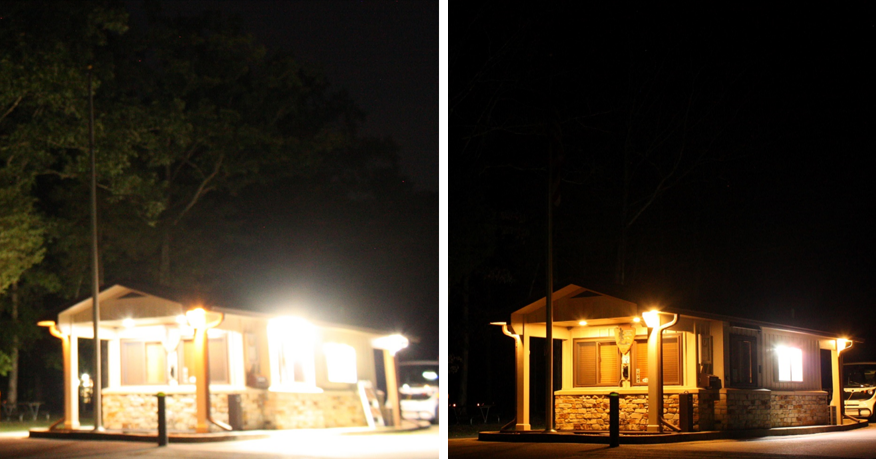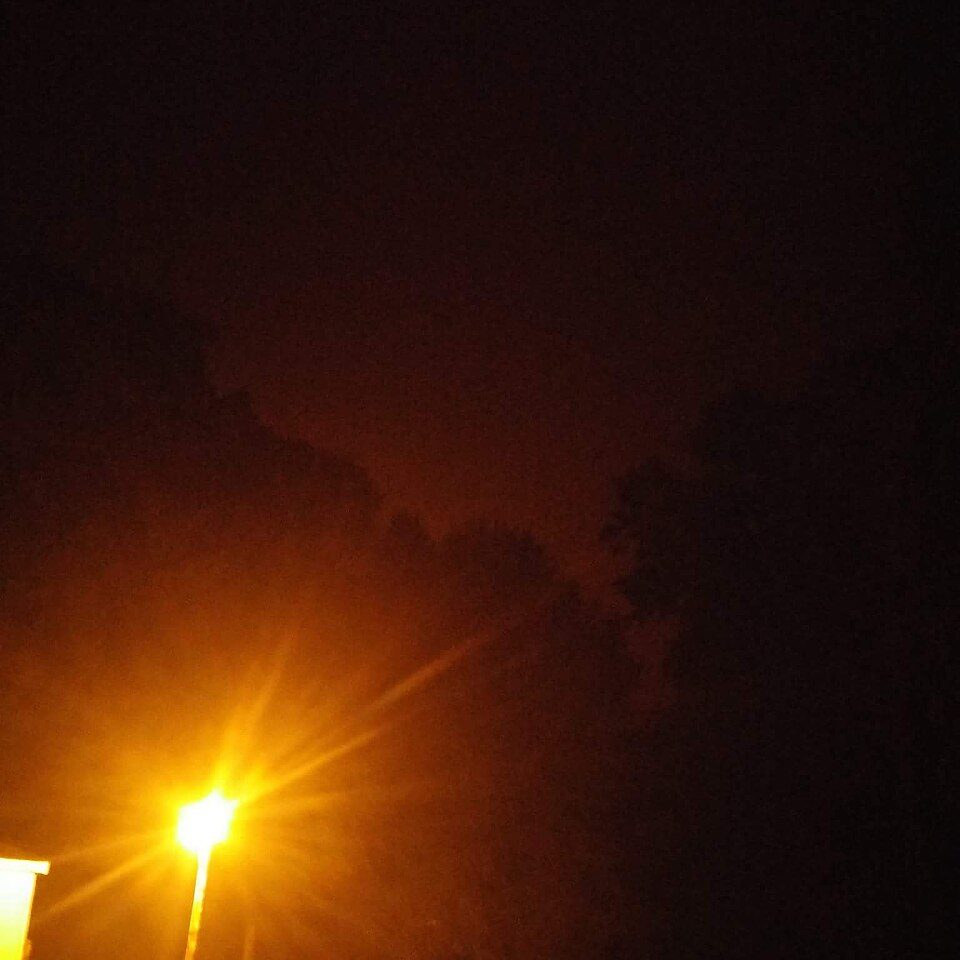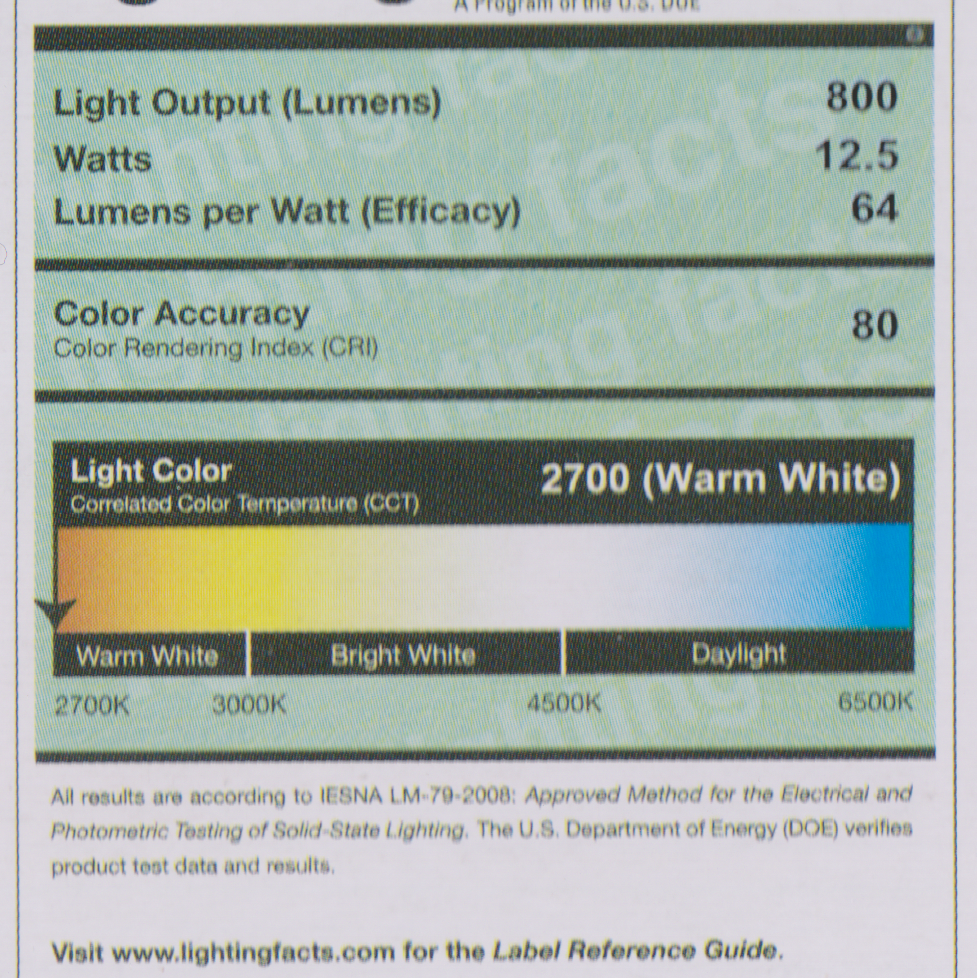Why have Lighting Regulations?

30% of outdoor lighting in the United States is wasted, costing $3.5 billion each year. This light is emitted in the wrong direction, stays lit when not needed, or provides an amount of light that is too excessive to be useful. This excess light causes light pollution, causing skyglow, glare, or light trespass. This toolkit explains forms and causes of light pollution, and and provides practical solutions and example legislation to reduce the effects. Regulations can help property owners save money, minimize wildlife disruption, and improve safety in certain cases.
Types of Light Pollution
Skyglow is the diffuse light in the atmosphere that scattered from a variety of sources on the ground. Makes the sky red at night in built up areas.
Glare is excessive brightness which causes visual discomfort and reduces visibility.
- E.g. car LEDs disrupting your view when driving
Light trespass occurs when light falls where it's not wanted or needed creating a nuisance.
- E.g. your neighbor's backyard light shining through your bedroom window.

Key Terms

Describes the brightness of a light. Typically range from 450 Lumens (low) to 2600 Lumens (high). Brightness should be tailored to the purpose as to avoid excess glare.
Describes color Temperature, or the color appearance of the light. Typically ranges from 1000 kelvin (warmest) to 7000 kelvin (coldest). Warmer lights are less disruptive to living beings including humans.
Watts are the energy demand of lights. Regulation of wattage can promote efficiency.
Solutions: "Only the amount of light you need, only where and when you need it"
Lights should serve a clear purpose. The area they illuminate should be chosen intentionally.
Use shielding to direct light towards the areas being targeted. Lights which provide down glow help combat skyglow, glare, and light trespass.
Ensure the brightness is appropriate for the task. Too bright of a light can create disrupting glare, too little can prevent visibility.
Take control using timers and motion sensors to keep lights off when not needed.
Choose warmer lights when possible. These lights lean towards the red side of the light spectrum (think rainbow) helping living beings maintain a healthy circadian rhythm.

